Concerned about weighted sleep sacks for your baby? To make the best choices for your baby’s safe sleep, don’t skip out on the latest pediatrician sleep sack recommendations and the risks of a weighted baby blanket.
This is Why Every Baby Seems to Have a Weighted Sleep Sack (It’s Not Just Instagram)
If you’re a parent, trying to solve your children’s sleep needs is a never-ending quest. Weighted sleep sacks are a hot commodity, the ads promise they will calm babies and add time to the clock. But there are some essential safety caveats that every parent should be aware of before you test drive your baby joy tip.
Weighted sleep sacks are similar to your typical sleep sack, except they have additional weight added in the form of beads or other filling sewn throughout the material. The concept is based on deep pressure touch stimulation, which has been used as a therapy for older children and adults.
I Was So Tired I Tried Sleep Sacks. Here’s How They Work.
Whereas the regular sleep sacks do one thing—keep baby warm—heightened versions add gentle pressure all over baby’s tiny body, and their makers say it can :
- Copy the feeling of being embraced
- Potentially reduce startling during sleep
- Comfort to help baby sleep longer stretches
But the larger question is, are weighted sleep sacks safe for our most vulnerable sleepers?
Latest Research on Weighted Sleep Sack Safety
Recent research on the dangers of weighted baby blankets and sleep sacks has alerted us to very serious safety issues. The American Academy of Pediatrics (AAP) has not endorsed weighted sleep products for infants, and that should give parents pause.
What Pediatricians Are Saying
Most pediatricians consider weighted sleep products a head-scratchier. Today, the pediatrician sleep sack recommendation seems to depend on :
- Weight limit : The answer is mostly no to weighted sleep products for babies under 1year old
- Breathing problems : Excess body fat can make it difficult for the chest to rise in large newborns whose body size is more than the average size from gestational diabetes.
- Can Overheat : The additional materials can make the unit overheat
Some weighted sleep sacks may increase the work of breathing in babies under 6 months, a 2023 study in the Journal of Pediatrics found, but more research is needed to make firm conclusions.
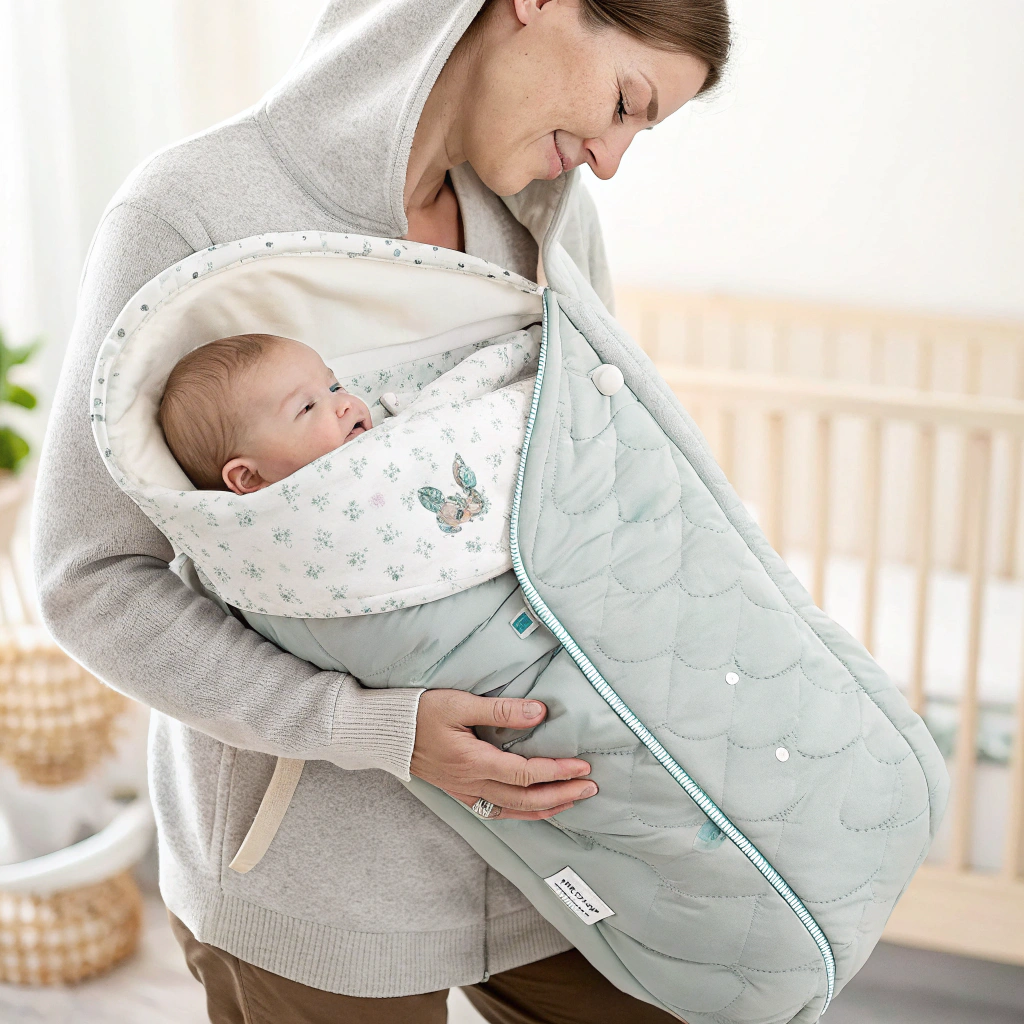
Safer Options for a Healthy Sleep for Your Baby
Rather than weighted choices, try these no-cry newborn sleep solutions recommended by pediatricians as safe and effective.
Establishing a Consistent Sleep Routine
Establishing predictability helps babies learn when it is time for sleep :
- Do the same wind-down routine each night (bath, soft massage, soft story)
- Once the clock is set then keep the timing consistent.
- Sleep in the same sleep space for all sleep times However, when it is feasible, sleep in the same sleep space for all naps and at night.
This method is a natural solution that can help you start newborn sleep schedule with no additional dangers.
Creating the Optimal Sleep Environment
The type of sleep environment plays a very important role in terms of ways to make newborn sleep stretches longer :
- Temperature : Keep the room between 68-72 degrees F (20-22 C guards), pubs should be finer when growing, you must be in controlled and ventilated conditions.
- Noise : Utilize white noise machines to cover up sounds from around your home (50-65 decibels equivalent to the sound of a shower)
- Lighting : Make sure sleeping space is kept very dark during sleep times with blackout curtains
- Comfort : Firm mattress with fitted sheet and light, Wallabies sleep sack
How to Help Newborn Sleep Better at Night – No weighted sleep products!
There are lots of baby joy tips for better sleep without resorting to potentially unsafe products. Concentrate on their calming aspects with these new born sleep tips, helping your little one through their natural movements.
The 5 S’s Method
Based on the method of pediatrician Dr. Harvey Karp :
- Swaddling : Swaddling with a correctly weighted, unweighted swaddle for babies who are not rolling yet
- Side/Stomach Sleeping : temporarily placing/holding (not to go to sleep just relaxing) baby to sleep on their side or stomach
- Shushing : Using white noise to replicate womb noise
- Rocking : Soft rocking motion (while you always support the head)
- Sucking : Pacifier introduction when breast-feeding is successful
Responsive Feeding Strategies
Knowing how feeding does and doesn’t impact sleep can help foster longer stretches :
- Make sure baby is taking full feeds during the day
- Try dream feeding (feeding while baby is semi-asleep) to lengthen night sleep
- Look for hunger signs rather than adhering to a newborn sleep schedule for longer naps
When to Consider Sleep Training
If you continue to struggle with sleep after the newborn phase, a baby sleep training without CIO (cry it out) approach is something to consider when the time is right for your baby to be developmentally ready—usually that’s around 4-6 months.
Gentle Sleep Training Approaches
They both respect your level of comfort with baby crying and: These methods still teach baby sleep skills independently :
- Chair in method : Slowly moving farther away from baby’s sleep space over multiple nights
- Pick-up/put-down : Attending to a crying baby by briefly picking her up and putting her back down sleepy but awake
- Fading : Gradually decreasing parental intervention in the process of falling asleep
Conclusion
Weighted sleep sacks may be a tempting idea for sleep-deprived parents at their wits’ end, but the risks of weighted baby blankets and sleep products can’t be ignored. The greatest baby joy tips are around safe sleep practices.
With the help of these blazing high-tech products and through by establishing regular routines, ensuring the sleep setting is conducive to sleep and using pediatrician-recommended calming methods you can help your baby sleep better without the pseudoscience stuff. As always, if in doubt, please consult your pediatrician personally re: the use of a sleep sack.
Remember that all babies eventually learn to sleep well—prioritize safety over quick fixes, and both you and your baby will rest easier.
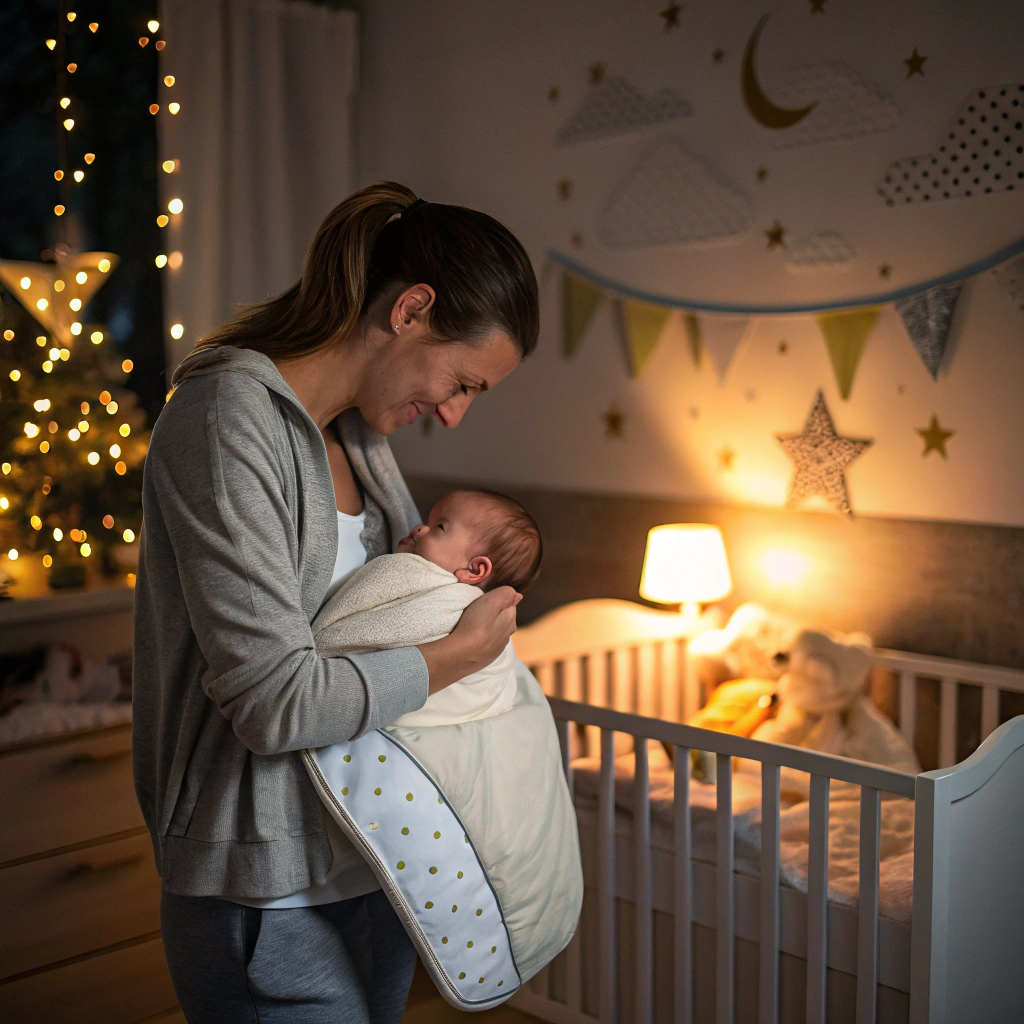
Frequently Asked Questions
Are weighted sleep sacks safe for the newborn?
Weighted sleep sacks for newborns is generally not advised by most pediatricians. Since babies have an immature breathing system and they cannot move or change their position, using weighted blankets can be risky for their breathing and temperature balance.
What do child doctors think of weighted sleep sacks?
General pediatrician sleep sack guidance advises against weighted variations for babies under 12 months. The advice is generally to use a traditional, lightweight sleep sacks that allows the baby to move around but without any kind of weight or compression on the chest.
When can infants safely use weighted sleep products?
Most experts advice at least 12 months, though some recommend waiting 18-24 months. As always, it’s best to consult your child’s pediatrician for recommendations that are specific for your baby’s growth.
What are the biggest risks of weighted baby blanket and sleep sack use?
Some of my concerns are it might be hard for baby to breathe, overheating, the baby won’t move as much, and maybe detrimental to development of baby getting used to self soothe?
How to increase newborn sleep stretches (without using weighted items)
Focus instead on developing a good routine, maximizing the sleep environment, getting full feeds during the day, safe swaddling (for non-rolling babies) and using white noise to help extend newborn sleep stretches.
What are the solutions for no-crying sleep for the newborn?
Successful strategies to try are the 5 S”s (swaddle, side/stomach position for holding, shush, swing, suck), responsive feeding, regular bedtime routines, and environmental changes such as darkness and white noise.
Is it possible to get a newborn on a sleep schedule?
Establish predictability through consistent bedtime routines, timing, wake windows (60-90 minutes for newborns), and sleep cues such as dimming lights and quieting activities before each sleep period.
What are the best sleep tips for newborns?
Follow ABC guidelines: Alone, on their Back, in a Crib/bassinet on a firm mattress with a fitted sheet. Add in a firm schedule, a cool room (68-72°F), and a plain unweighted sleep sack if you like.
Is there a way I can help my newborn sleep better overnight without cry-it-out techniques?
Yes! Work on creating a distinction between day and night, making night feedings as dark and boring as possible, setting a bedtime routine and using gentle means of calming, such as rocking, shushing or pacifiers.
How can I tell if my baby is too hot in their sleep sack?
Feel the back of your baby’s neck or the front of the chest — if either area is sweaty or very hot, your baby might be overheating. Made of breathable material, baby can wear under the sleep-wear, give baby a cozy and safe sleep.
Are there any alternatives to weighted sleep products?
And safe options include classic sleep sacks, snug swaddles that aren’t too small for non-rolling babies, tight fitting crib sheets and consistent sensory cues like white noise or dim nightlights.
How can I find a safe sleep sack for my baby?
Find sleep sacks in breathable fabrics (of the right size — not too big and not too small), nothing loose to be a hazard, and with appropriate TOG (thermal resistance) ratings for your home’s temperature.
What are the best ways to soothe a crying baby so they can sleep?
Best practices: ways to soothe Newborns Very young babies can be soothed by gentle motion, such as rocking or swaying white noise swaddling for babies who are not rolling pacifiers once breastfeeding is established skin-to-skin before the sleep period.
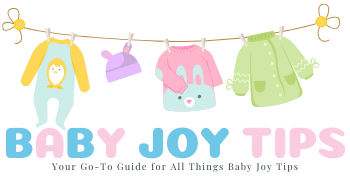
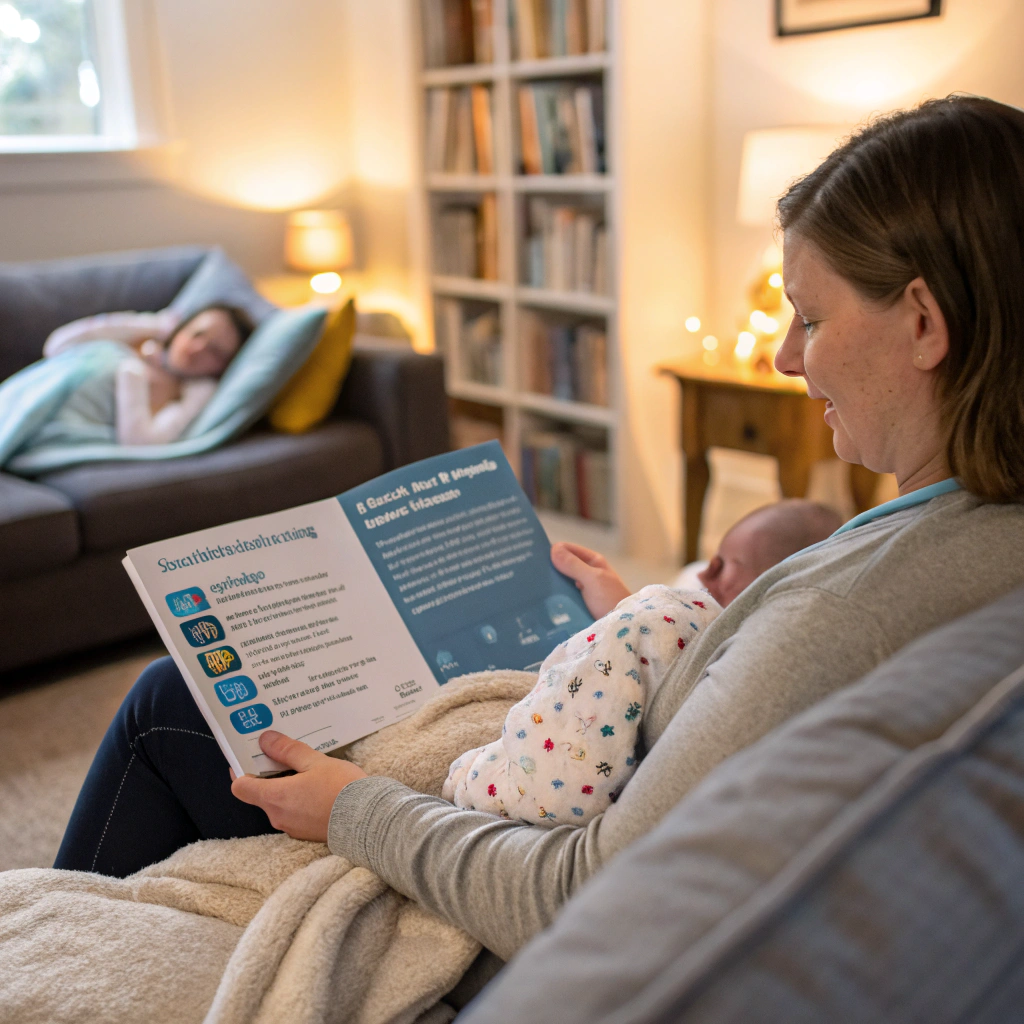


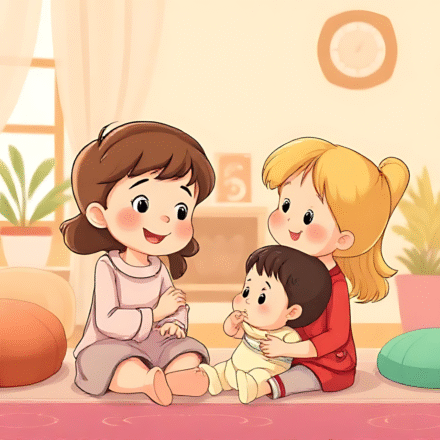
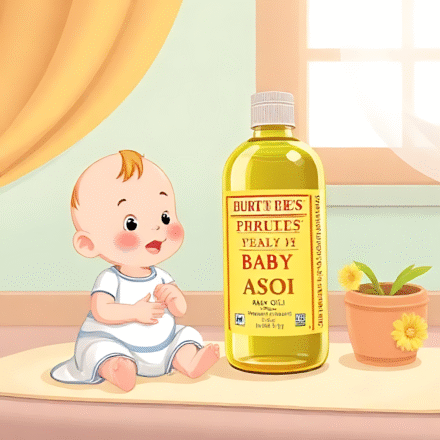
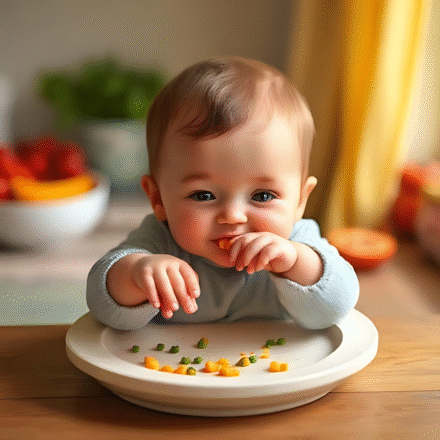
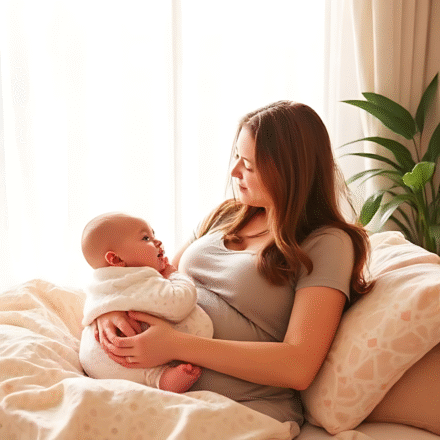
Leave a Comment